How Microsoft 365 connects the consumer-professional to ubiquitous computing
Microsoft's Microsoft 365 push as part of the connective tissue unifying devices within its computing cloud strategy is one of Microsoft Build 2018's biggest takeaways.
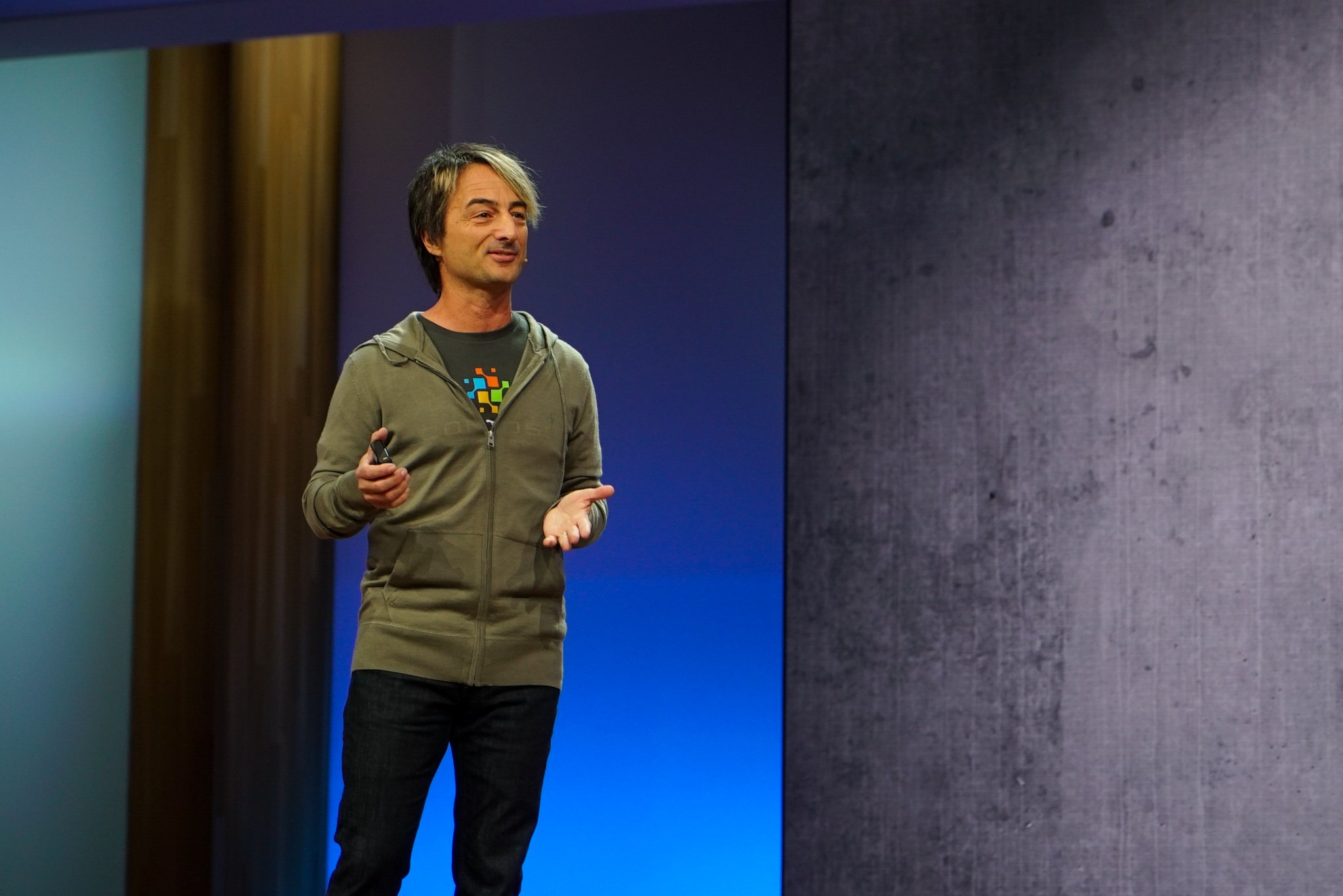
The cloud drives Microsoft's narrative for the future of computing. The Windows story of old is still important but is just a link in Microsoft's bigger picture of making itself the world's platform for ubiquitous computing.
I've given context on how Microsoft's cloud strategy will affect users and provided insight into the intelligent edge, Artificial Intelligence, Microsoft Graph and Project Rome which are components of this strategy. Combined with the company's recent reorg Microsoft is making what I've called, "cloud as a cross-platform Super OS", a reality. In fact, Microsoft's CEO Satya Nadella echoed that metaphor during his Build keynote and referred to the cloud as "the world's computer."
Part of that "computer" is Microsoft 365, a collection of Microsoft cloud-based services where user and company data resides unified by the Microsoft Graph. It's more than data storage, however. It's intelligently interconnected cross-platform information managed by Artificial Intelligence (AI). And like Windows, Surface, and Office, it benefits both professional and personal productivity.
Why Microsoft's 2018 reorg matters to everyone, on every platform
Microsoft 365 as a developer platform
Develop for Microsoft 365
Microsoft's Corporate Vice President for Windows, Joe Belfiore, urged developers to view Microsoft 365 as a developer platform. Why? Microsoft's using Microsoft 365 to thread its productivity platform throughout ecosystems and devices consumers and businesses use. Development of third-party enterprise and consumer apps that connect to Microsoft 365 is key to this vision.
Developers can connect to the rich resource of intelligently connected data in Microsoft 365 via Microsoft Graph. The Graph helps developers "connect the dots between people, conversations, schedules and content within the Microsoft Cloud." Once third-party apps and services are connected to Microsoft Graph and Microsoft 365 the insights AI draws from the data is proactively supplied to those apps or intentionally retrieved by users from any device or platform.
Get the Windows Central Newsletter
All the latest news, reviews, and guides for Windows and Xbox diehards.
Information about contacts, relationships, calendars, meetings, interactions and much more make professional and personal productivity more efficient through Microsoft 365.
Microsoft's refocusing on the cloud will have personal and far-reaching impacts
Timeline, Sets, Microsoft Launcher
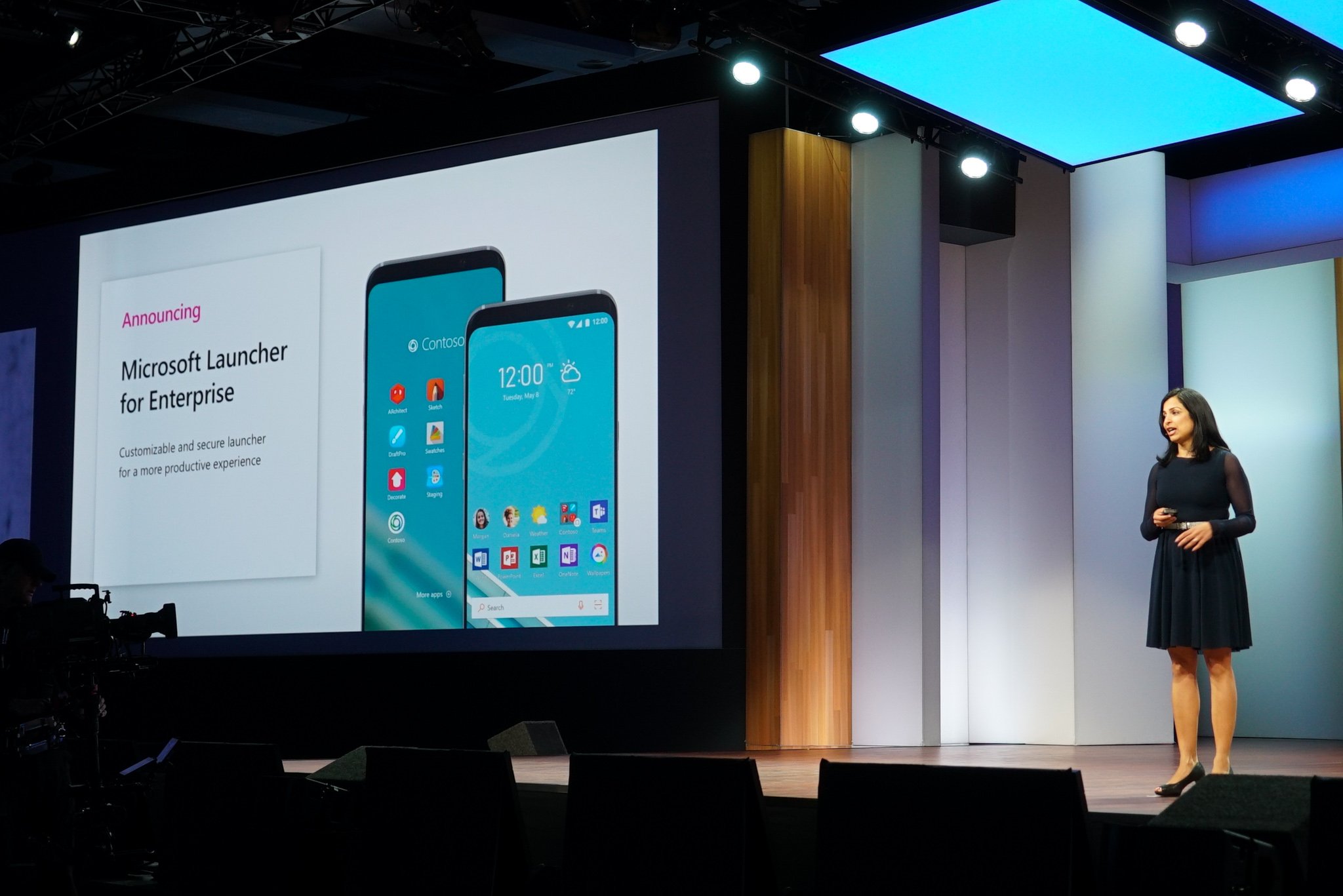
Whether saving and revisiting app and browser activity via Windows Timeline or organizing groups of related content via Sets, Microsoft is making personal and professional workflows more efficient and ubiquitous.
Windows Timeline and eventually Sets for Windows, iOS and Android will allow users' personal or professional workflows to follow them across devices and platforms. The Microsoft Graph stores Timeline and Sets data in the cloud and allows users to pick up where they left off (to varying extents) on other devices and vice versa. This is an example of platform-agnostic cloud-as-the-OS computing or cloud as the world's computer.
Microsoft's also bringing its popular Android Microsoft Launcher to the enterprise with tweaks for security and manageability. Among other things, it will connect users to Microsoft 365.
Outlook, Adaptive Cards, Teams and machine learning
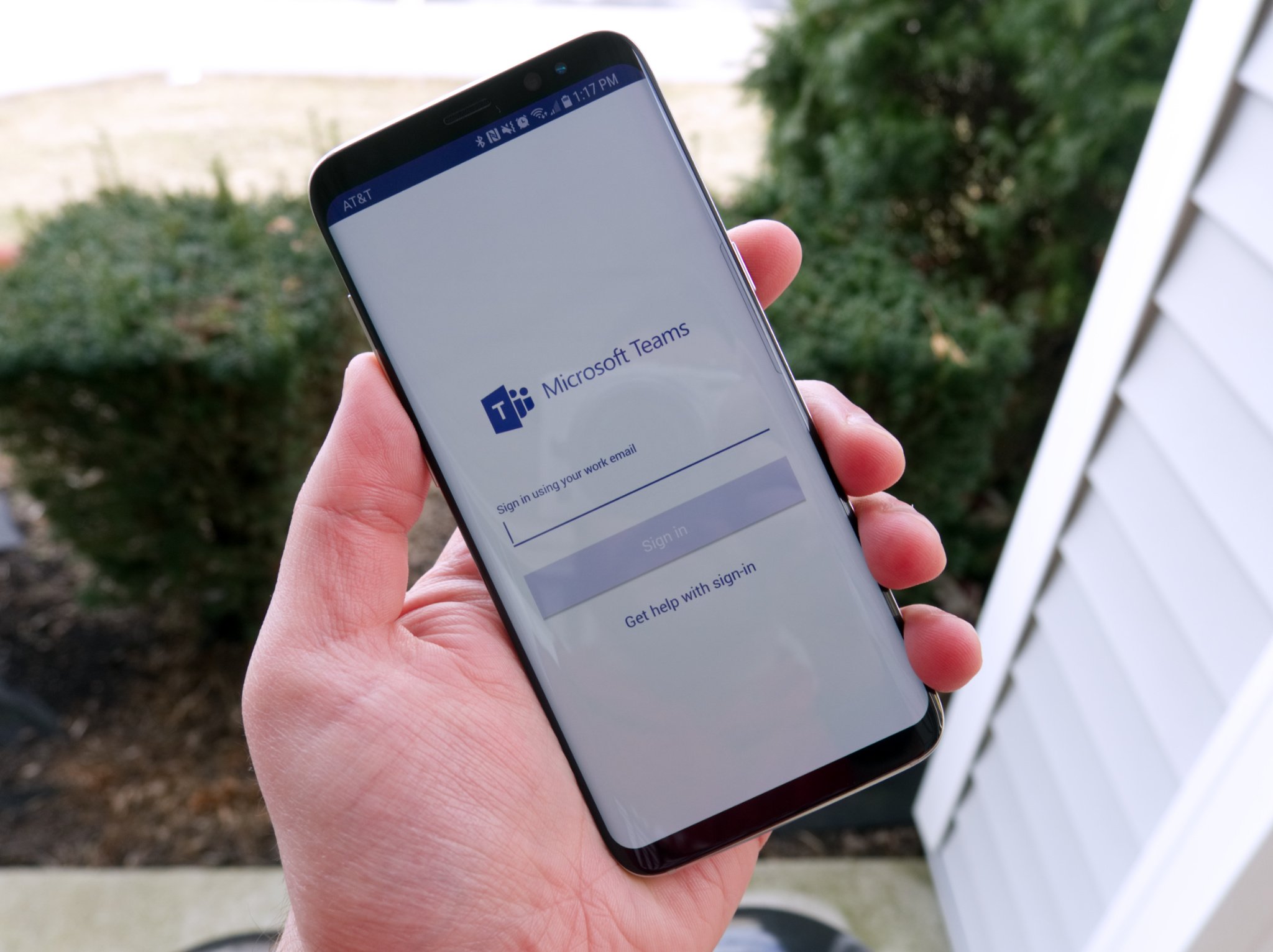
Microsoft Teams is a multifaceted communication platform within Microsoft 365 that supports Skype, chat, scheduling, Cortana and more. Developers can tailor unique intelligent experiences for business and industry, and companies can submit custom apps to the Team app store that connect to Microsoft 365.
Microsoft's cross-platform mail and calendar app Outlook, used for professional and personal productivity, will now allow users to pay bills directly from the inbox using Microsoft Pay. Furthermore, conversation-based Adaptive Cards will make communicating within Teams and Outlook more efficient.
Finally, developers can use Microsoft's machine learning platform to train custom models in the cloud and drive them to frontline devices, connected to Microsoft 365 on the intelligence edge.
What is Microsoft's intelligent edge and how does it affect mobile?
Professional and consumer appeal
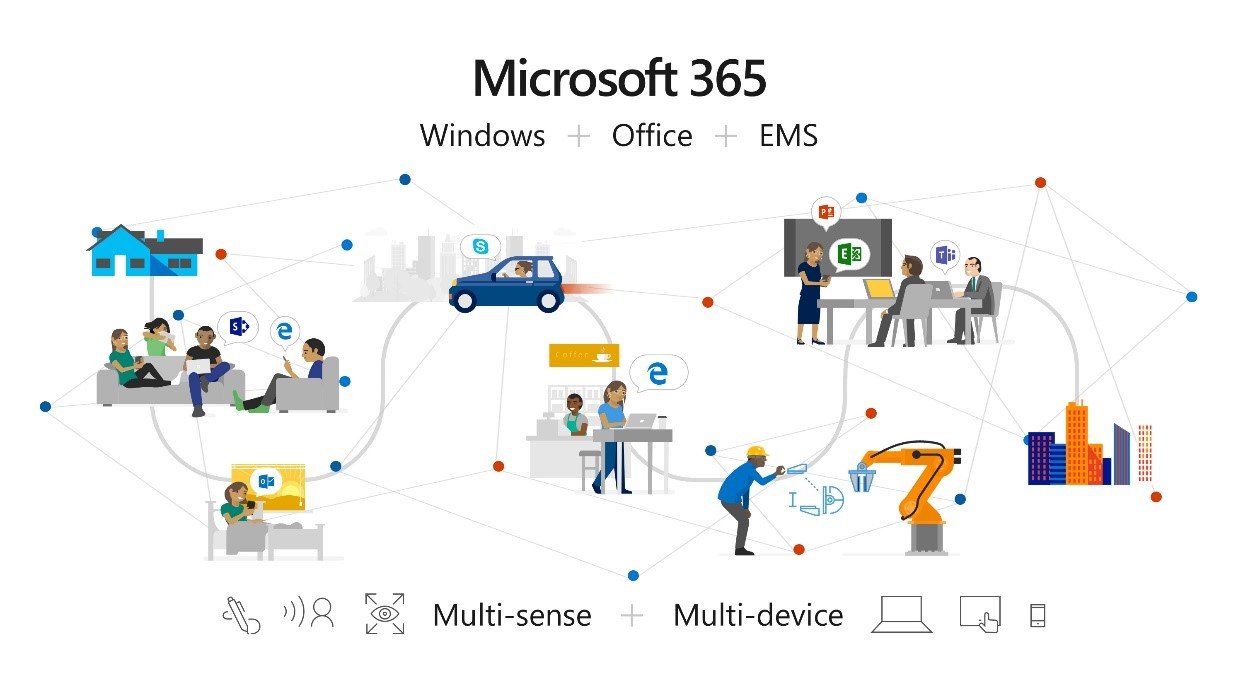
Image credit: Microsoft
Jon Friedman, a chief Microsoft designer, demonstrated Microsoft's cross-platform app StaffHub that addresses scheduling and communication issues for frontline workers. Friedman identified that 650 million frontline workers are part of large companies that use Microsoft 365 but didn't connect its benefits to low-wage workers with $600-plus smartphones. StaffHub brings the power of Microsoft 365 to the devices consumers use, and one manager identified its messaging functionality as one of its most used features.
Microsoft 365 is a cloud to edge productivity solution that interconnects systems, platforms and devices. It fits philosophically and pragmatically alongside Microsoft's Surface, Windows and Office productivity strategy that does not distinguish between personal and professional productivity.
Microsoft's wants developers from education, healthcare, defense, retail and other industries to develop for Microsoft 365. Microsoft's unified account authentication ensures that the same tools are accessible to professionals and consumers.
Microsoft's consumer/professional strategy needs serious work
"Your Phone" and Andromeda
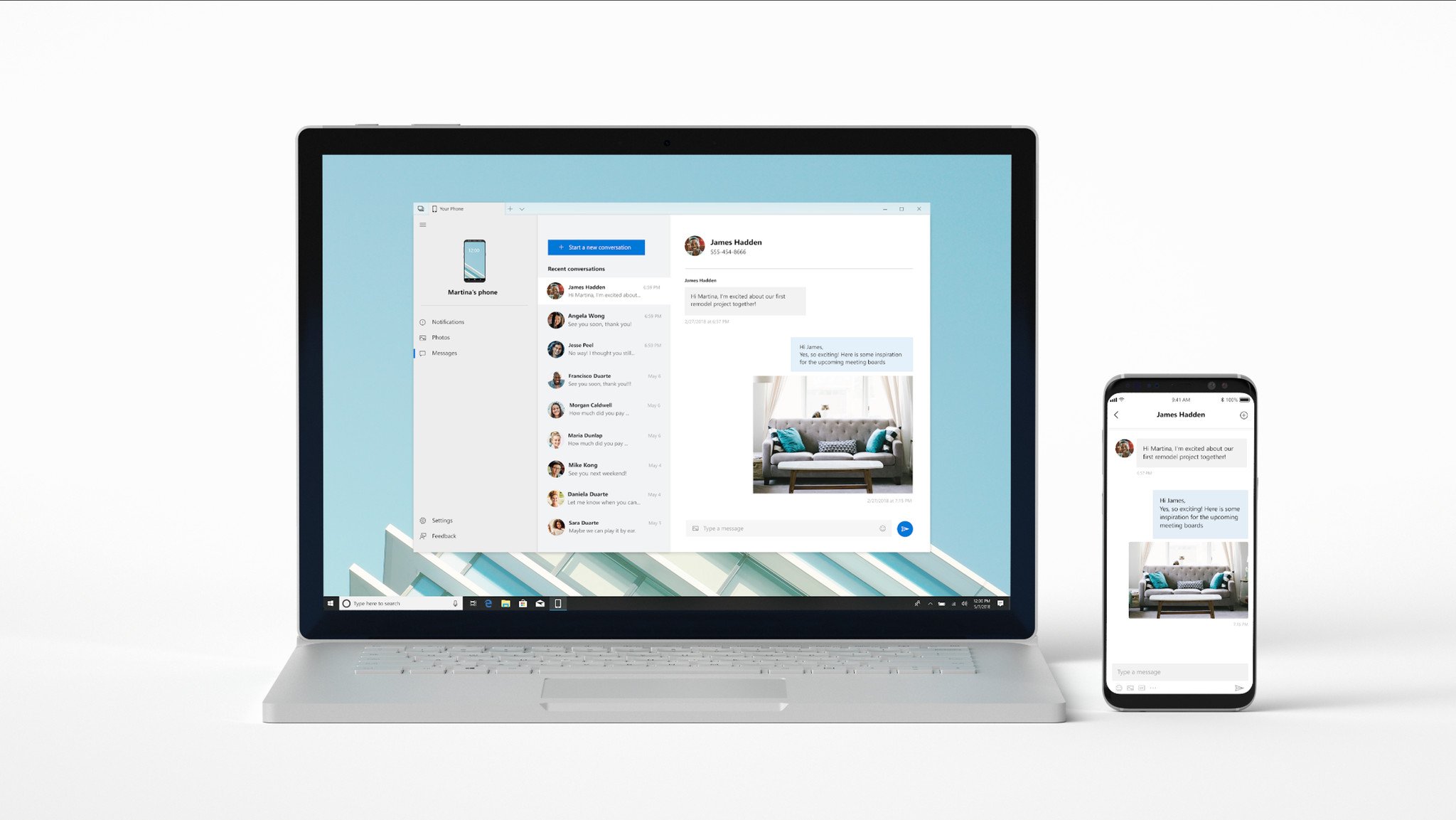
Finally, Microsoft's Your Phone, though not cloud-based connects users' iPhones and Android phones to Windows 10 PCs. It allows users to send and receive texts (more limited on iPhone), share pictures from PC to phone and more. Essentially it lets users facilitate phone functions from the PC without having to engage the phone.
Microsoft may be positioning it's rumored Andromeda device, which is a telephony-enabled pocketable PC companion to smartphones, to benefit from Your Phone. With web-based properties being more engaged than apps and Microsofts PWA investments, Microsoft may be strategizing for Andromeda-category cellular PCs to be always connected devices to which iPhone and Android phone functionality are offloaded.
Your Phone fits into Microsoft's ubiquitous computing strategy supported by Microsoft 365 and Microsoft Graph which are pulling the industries devices and platforms together.
Related: If Microsoft is the platform for everything, does it really need a phone?
Jason L Ward is a columnist at Windows Central. He provides unique big picture analysis of the complex world of Microsoft. Jason takes the small clues and gives you an insightful big picture perspective through storytelling that you won't find *anywhere* else. Seriously, this dude thinks outside the box. Follow him on Twitter at @JLTechWord. He's doing the "write" thing!

